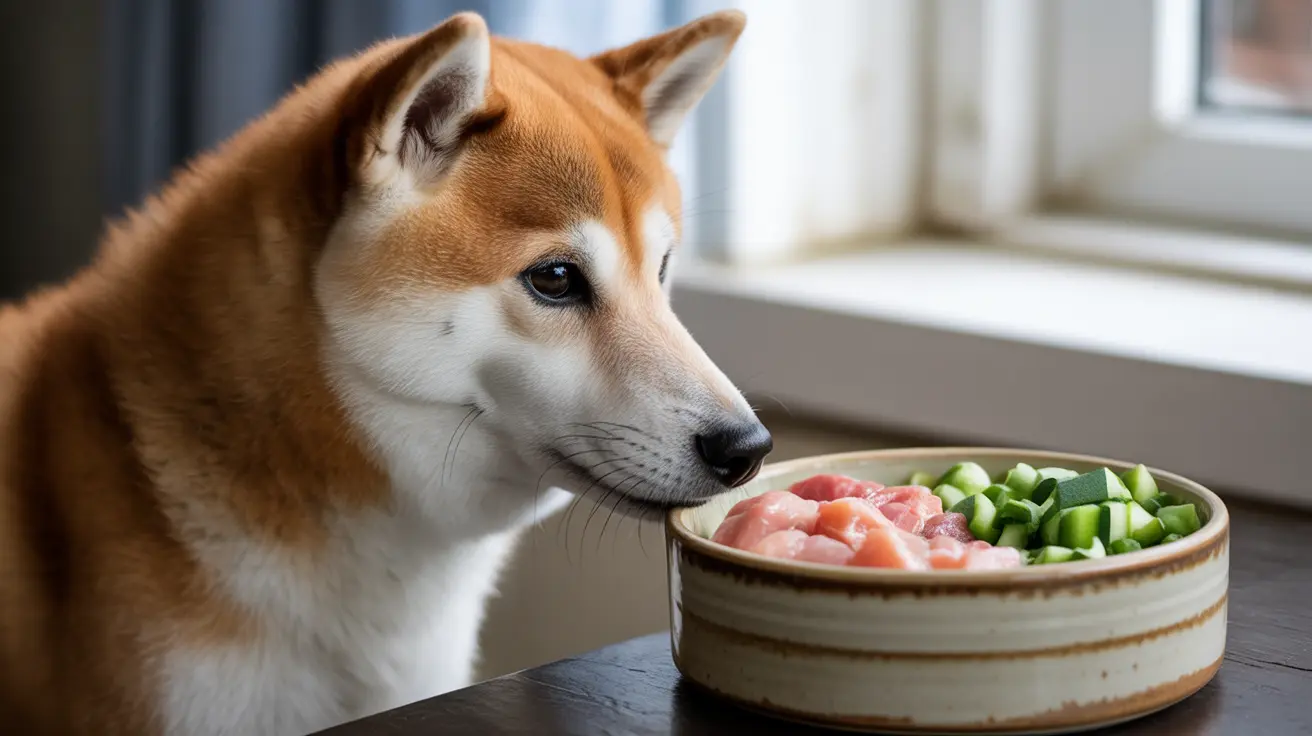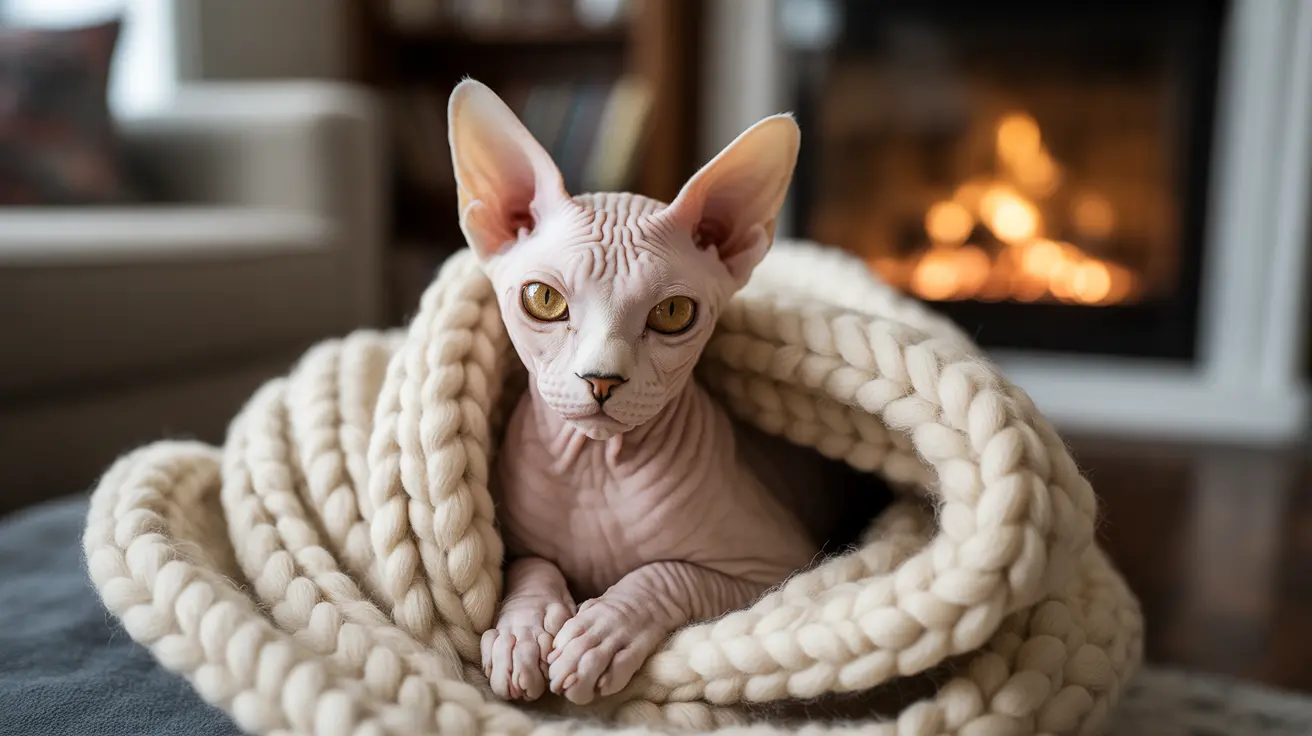Making homemade cat treats has become increasingly popular among pet parents who want to ensure their feline friends receive the safest, most nutritious snacks possible. With vet-approved recipes, you can control exactly what goes into your cat's treats while avoiding artificial preservatives and unnecessary fillers commonly found in commercial options.
In this comprehensive guide, we'll explore the benefits of homemade cat treats, share veterinarian-approved recipes, and provide essential safety guidelines to ensure your DIY treats are both healthy and delicious for your furry companion.
Benefits of Making Your Own Cat Treats
Creating homemade treats for your cat offers several significant advantages:
Quality control is perhaps the most important benefit - you can select fresh, high-quality ingredients and avoid artificial preservatives, colors, and flavors that might upset your cat's stomach. For cats with food sensitivities or allergies, homemade treats allow you to carefully control ingredients and avoid potential triggers.
Cost-effectiveness is another major advantage, especially for multi-cat households. Making treats in bulk at home often proves more economical than purchasing premium commercial options.
Essential Guidelines for Safe Treat Making
Choosing the Right Ingredients
When making cat treats at home, stick to these vet-approved ingredients:
- Plain, cooked meats (chicken, turkey, or fish)
- Eggs (cooked)
- Whole grain flours
- Plain pumpkin puree
- Catnip (as a flavor enhancer)
Ingredients to Avoid
Never include these harmful ingredients in your cat treats:
- Onions and garlic
- Chocolate
- Grapes or raisins
- Raw eggs or meat
- Excessive dairy products
- Artificial sweeteners
Top Vet-Approved Recipes
Basic Tuna Treats
This simple recipe is perfect for beginners:
- 1 can tuna in water (drained)
- 1 egg
- 1 cup whole wheat flour
- 2 tablespoons catnip (optional)
Mix ingredients, form into small balls, and bake at 350°F for 15 minutes until crispy.
Grain-Free Chicken Bites
For cats with grain sensitivities:
- 1 cup cooked, minced chicken
- 1 beaten egg
- 1/4 cup chicken broth
- 2 tablespoons coconut flour
Combine ingredients, shape into small pieces, and bake at 350°F for 12-15 minutes.
Storage and Safety Tips
Proper storage is crucial for homemade treats:
- Store in an airtight container in the refrigerator
- Use within 5-7 days
- Freeze excess portions for up to 3 months
- Monitor for any signs of spoilage
- Always label containers with preparation date
Portion Control and Feeding Guidelines
Remember these important guidelines when feeding treats:
- Treats should not exceed 10% of daily caloric intake
- Start with small portions to monitor tolerance
- Introduce new treats gradually
- Watch for any adverse reactions
- Consult your vet before starting any new treat regimen
Frequently Asked Questions
What are the best vet-approved homemade cat treat recipes that ensure safety and nutrition?
The safest and most nutritious homemade cat treats contain simple, whole ingredients like cooked meat (chicken, turkey, or fish), eggs, and small amounts of whole grain flour. Always ensure meats are thoroughly cooked and avoid harmful ingredients like onions, garlic, or artificial sweeteners.
How can I make homemade cat treats that are free from harmful ingredients and allergens?
Use single-protein recipes with minimal ingredients, avoiding common allergens like dairy and wheat. Stick to meat-based treats with simple binding agents like eggs, and always cook ingredients thoroughly.
What ingredients should I avoid when preparing homemade treats for my cat?
Never use onions, garlic, chocolate, grapes, raisins, raw eggs or meat, artificial sweeteners, or excessive dairy products. These ingredients can be toxic or harmful to cats.
How should I store vet-approved homemade cat treats to keep them fresh and safe?
Store homemade treats in an airtight container in the refrigerator and use within 5-7 days. For longer storage, freeze portions for up to 3 months and thaw as needed.
Can homemade cat treats be customized for cats with dietary sensitivities or health conditions?
Yes, homemade treats can be customized by using alternative ingredients like grain-free flours or specific protein sources. Always consult your veterinarian first, especially if your cat has health conditions or dietary restrictions.
Remember, while homemade treats can be a wonderful way to show your cat love, they should always be given in moderation as part of a balanced diet. When in doubt about any ingredient or recipe, consult with your veterinarian for personalized advice.






